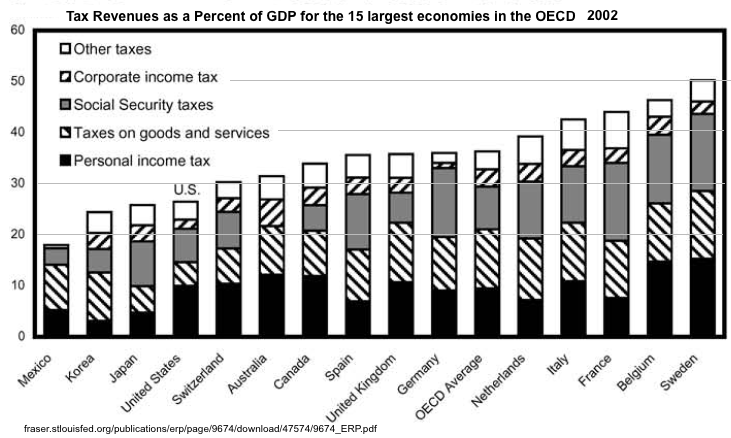

As a consequence, noise traders can implicitly move to the foreign country to escape the tax, and this means that countries have conflicting interests.


Like in the Heckscher-Ohlin-Samuelson (HOS) model in which capital and labor move internationally when countries trade, we assume that there are trader flows when traders invest abroad. In a context where only one country implements the tax, we identify some externalities, as the country with the tax is likely to export stability or instability through the flows of traders. In addition, introducing a financial transaction tax allows volatility to be reduced in both the real and financial sectors, and this result is robust to several model specifications. A welfare analysis is performed and we show that the effects of the financial transaction tax on welfare are non-linear and mainly depend on the composition of the financial market. In contrast to the previous literature, financial contagion and international spillovers are considered in a two-country financial DSGE model. An entry cost is introduced to endogenise the entry of noise traders in the financial markets. Informed, or rational, traders follow the standard rational expectations, while exogenous disturbances, such as optimism or pessimism shocks, affect the expectations of noise traders. Our model replicates some interesting stylised facts about financial markets. We document how introducing a financial transaction tax affects real and financial activity in a general equilibrium framework.


 0 kommentar(er)
0 kommentar(er)
